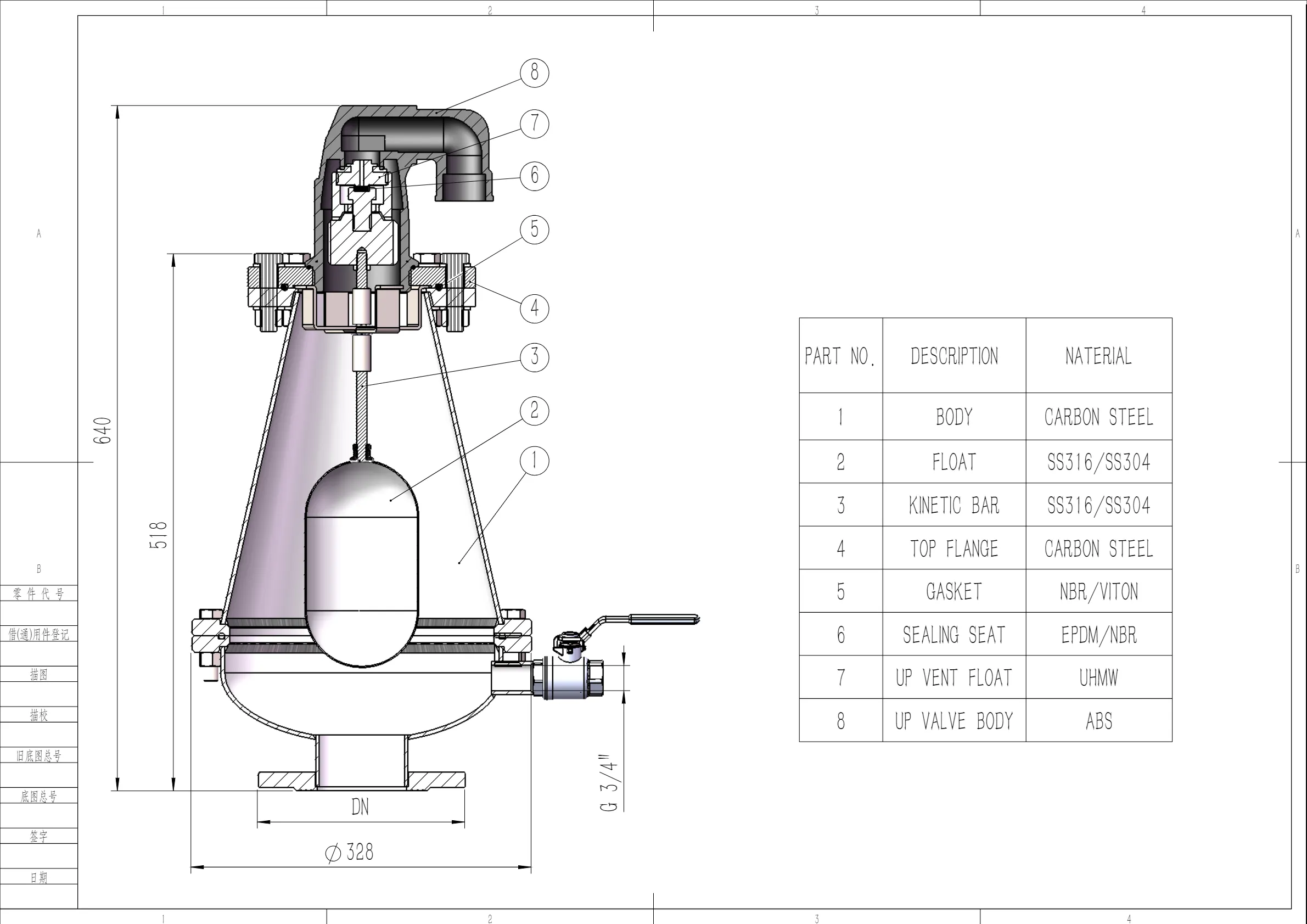Assessment of Compromised Manhole Cover Conditions and Potential Risks
The Dilemma of Damaged Manhole Covers A Call for Attention
Manhole covers are often overlooked components of urban infrastructure, yet they play a critical role in the safe and efficient functioning of our cities. Unfortunately, damaged manhole covers pose significant risks to both pedestrians and vehicles, creating an urgent need for attention to their maintenance and repair. In this article, we will explore the implications of damaged manhole covers, the reasons behind their deterioration, and the potential solutions to address this pressing issue.
Understanding the Importance of Manhole Covers
Manhole covers serve a vital function in providing access to underground utilities such as sewer lines, water pipes, and electrical conduits. Their primary role is to secure these access points while ensuring safety for the public. A well-maintained manhole cover prevents accidents by minimizing the risk of falls or vehicular mishaps. Moreover, these covers are designed to withstand the weight and pressure of traffic above, enabling them to remain functional over time.
The Risks of Damaged Manhole Covers
When manhole covers are damaged, they can lead to hazardous situations. Cracked or poorly fitted covers may rattle, creating noise pollution and possible confusion for drivers. A missing or dislodged cover can result in serious accidents, potentially harming pedestrians, cyclists, and motorists alike. Furthermore, open manholes can attract curious children, posing an even greater risk to public safety.
In addition to immediate dangers, damaged manhole covers can wreak havoc on a city's aesthetics and infrastructure integrity. Open manholes create ugly gaps in the urban landscape, which can detract from community pride and deter economic development. Furthermore, ongoing repairs due to manhole-related accidents can strain public resources, leading to rising costs for maintenance and litigation.
Causes of Damage
damaged manhole cover

Several factors contribute to the deterioration of manhole covers. One common cause is the heavy traffic typical of urban environments. The constant strain from vehicles, particularly large trucks, can weaken the structural integrity of these covers over time. Weather conditions also play a significant role; freezing temperatures can create cracks, while excessive rainfall may lead to soil erosion around the cover, causing it to become misaligned.
Additionally, some manhole covers may not be constructed with durable materials capable of enduring extreme weather and traffic conditions. If lower quality materials are used, then the lifespan and reliability of these covers are severely compromised. Moreover, improper installation or inadequate regular maintenance can exacerbate existing problems, leading to more frequent instances of damage.
Solutions to Address the Issue
Addressing the problem of damaged manhole covers requires a multi-faceted approach. Firstly, city officials and urban planners must implement rigorous inspections and maintenance schedules for all manholes. Regular assessments can detect potential issues before they escalate into dangerous situations, ensuring public safety.
Moreover, investing in higher-quality materials for manhole covers can yield long-term benefits. Using materials that can withstand extreme weather and traffic loads will reduce the frequency of repairs and replacements. Additionally, cities can explore innovative designs, such as covers that are better integrated with road surfaces to minimize disruption when repairs are needed.
Public awareness is also vital in this effort. Initiatives encouraging citizens to report damaged covers or hazardous conditions can help local authorities respond more efficiently. Community involvement in monitoring infrastructure can foster a sense of shared responsibility and ensure that safety is prioritized.
Conclusion
The issue of damaged manhole covers may seem minor in the grand scheme of urban planning, but their impacts are far-reaching. From safety hazards to aesthetic concerns, addressing the deterioration of manhole covers is crucial for the overall health of our cities. Through proactive maintenance, thoughtful planning, and community involvement, we can minimize the risks associated with these essential components of urban infrastructure and pave the way for safer, more resilient cities.
-
The Smarter Choice for Pedestrian AreasNewsJun.30,2025
-
The Gold Standard in Round Drain CoversNewsJun.30,2025
-
The Gold Standard in Manhole Cover SystemsNewsJun.30,2025
-
Superior Drainage Solutions with Premium Gully GratesNewsJun.30,2025
-
Superior Drainage Solutions for Global InfrastructureNewsJun.30,2025
-
Square Manhole Solutions for Modern InfrastructureNewsJun.30,2025
-
Premium Manhole Covers for Modern InfrastructureNewsJun.30,2025
